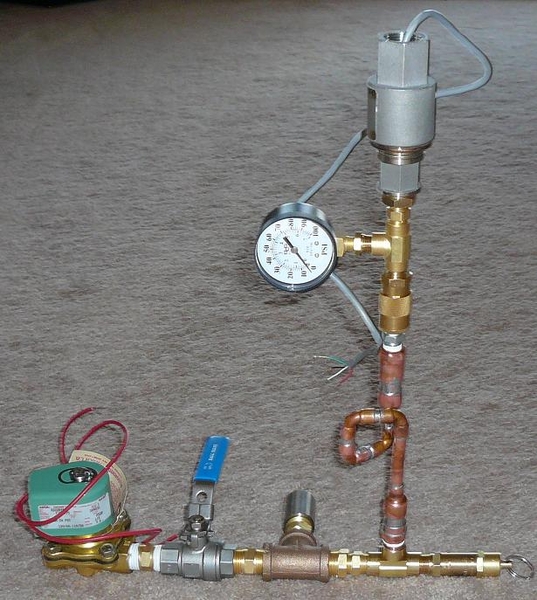Craig5_12
Well-Known Member
I'm thinking that will probably be the best method as well, but it might mean drilling another hole in my kettle (Sanke) and it would be nice to avoid that.
I'm also thinking now that I can use this to speed up my boil. Easiest method would probably be to make a "hot stick" (high temp hose with a manifold on the end) and just dunk it into the boil. See any issues with that?
EDIT: Instead of a manifold for the "hot stick" how about just a section of SS screen? Maybe in a ball so as to create very small bubbles!
I'm also thinking now that I can use this to speed up my boil. Easiest method would probably be to make a "hot stick" (high temp hose with a manifold on the end) and just dunk it into the boil. See any issues with that?
EDIT: Instead of a manifold for the "hot stick" how about just a section of SS screen? Maybe in a ball so as to create very small bubbles!



